When it comes to creating a web experience that caters to diverse devices and user expectations, two prominent approaches come to the forefront: Progressive Web App vs responsive website. Understanding the differences and determining the right approach for your project is essential. In this article, we will explore the distinctions between PWA vs responsive website. We will also delve into the factors to consider when determining the best approach for your specific project.
Table of Contents
Understand Progressive Web App vs Responsive Website
Progressive Web Apps (PWAs)
Progressive Web Apps (PWAs) are a type of web application that combines the best features of both web and native mobile applications. They are designed to provide a seamless, app-like experience to users across various devices and platforms.
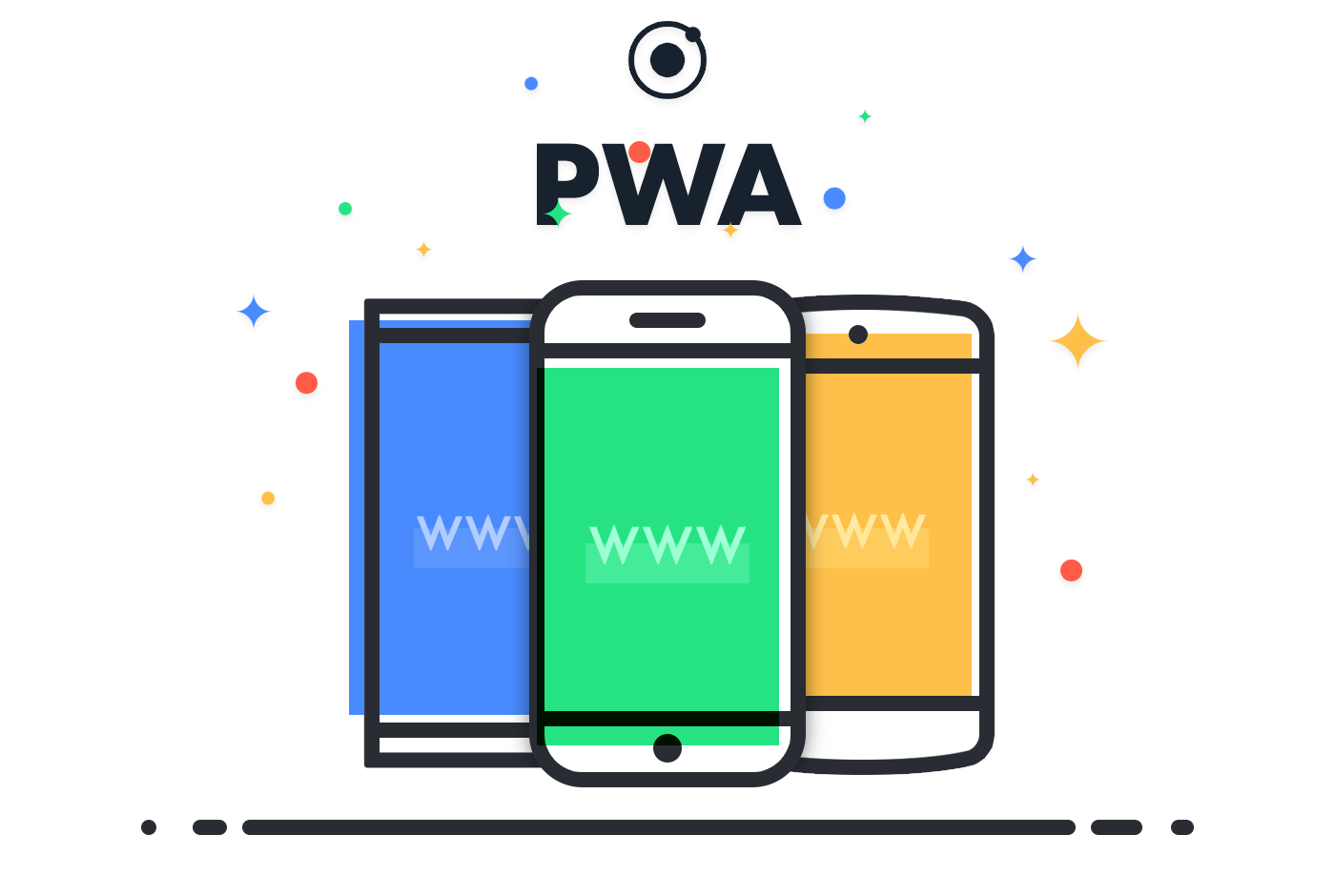
PWAs leverage modern web technologies, such as HTML5, CSS, and JavaScript, to deliver an app-like experience directly through a web browser. They are built using progressive enhancement principles, which means they can work on any device or browser, regardless of whether the user is online or offline.
PWAs have gained popularity because they offer a consistent and engaging user experience across platforms, reduce development and maintenance costs, and provide a seamless transition between web and app environments. They have been adopted by various companies and organizations to deliver high-quality mobile experiences to their users.
Responsive Websites
Responsive websites are websites that are designed and developed to adapt and respond to different screen sizes, resolutions, and devices. The goal of responsive web design is to provide an optimal viewing and interaction experience for users, regardless of whether they are accessing the website on a desktop computer, laptop, tablet, or smartphone.

Responsive websites utilize flexible layouts and fluid grids that dynamically adjust and rearrange content based on the screen size. This means that the website’s elements, including text, images, and navigation menus, will automatically resize, reposition, or hide to fit the available space and maintain usability and readability.
Differences between PWA vs Responsive Website
Performance and Speed
Progressive Web App vs Responsive Website both aim to provide optimal user experiences, but they differ in terms of performance and speed.
PWAs excel in performance by leveraging features like service workers. These background scripts enable the caching of assets and data, allowing PWAs to load quickly even in offline or low-connectivity situations. PWAs’ ability to cache content locally enhances overall performance, providing fast and efficient user experiences. By leveraging modern web technologies and optimization techniques, PWAs ensure smooth rendering and interactions.
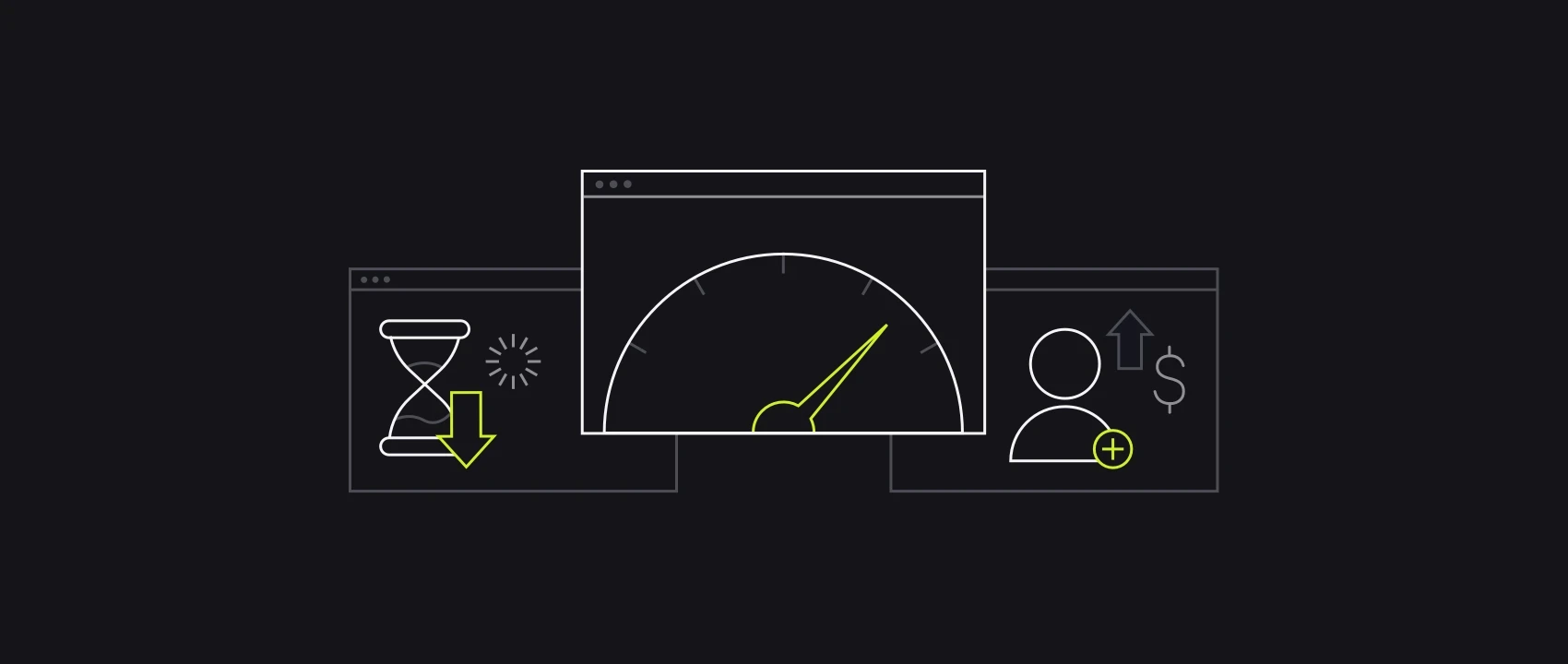
On the other hand, responsive websites can also be optimized for performance. Techniques such as image compression, code minification, and efficient server-side rendering can improve their performance. However, the performance of responsive websites may vary based on factors like asset size, design complexity, server response time, and the user’s internet connection. Responsive websites do not have the same caching and offline capabilities as PWAs, which means their speed relies on factors like network latency and retrieving content from the server on each visit.
In short, when comparing Progressive Web App vs Responsive Website, PWAs have the potential to offer faster performance and speed compared to responsive websites due to their caching and offline capabilities. They can load quickly and deliver seamless experiences even in scenarios with limited or no internet connectivity. Responsive websites can also be optimized for performance, but they may not achieve the same level of speed and efficiency as PWAs, particularly in situations with restricted network access.
User Experience and Engagement
Progressive Web App vs Responsive Website offer distinct approaches to user experience and engagement. PWAs strive to provide an app-like experience with features like full-screen mode, smooth animations, and device integration. They excel in offline functionality, allowing users to access and interact with the app even without an internet connection. PWAs can be installed on the home screen, ensuring easy access and increasing engagement.
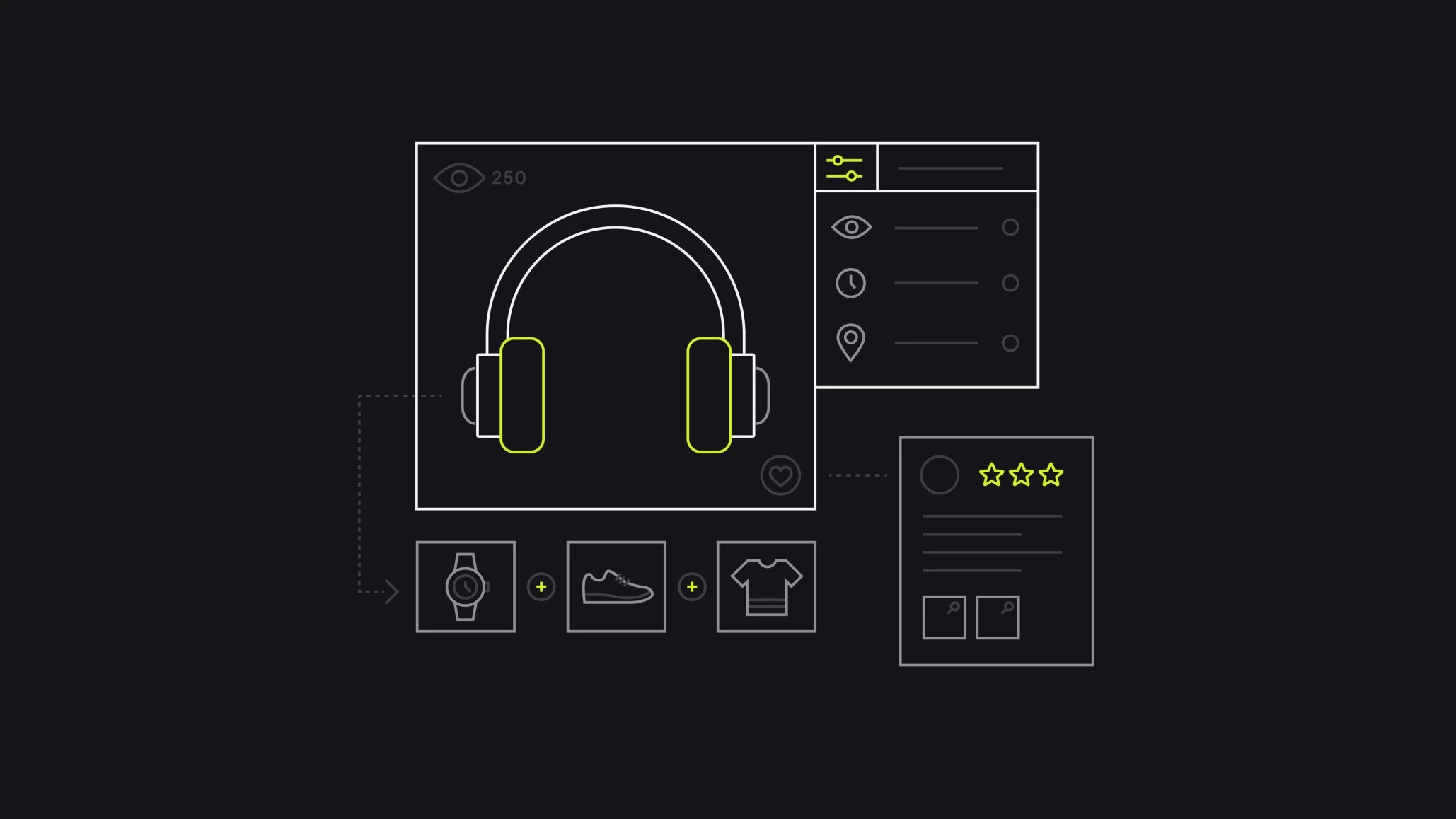
On the other hand, responsive websites focus on adaptability and accessibility across devices. They dynamically adjust their layout and content to provide a consistent user experience. While lacking some immersive features of PWAs, responsive websites optimize speed and performance for seamless interactions. Both PWA vs responsive website prioritize user experience, but PWAs offer a more native app-like experience with offline capabilities, while responsive websites prioritize cross-platform accessibility and adaptability.
Development and Maintenance Considerations
PWAs require additional development efforts due to their unique features like service workers and offline functionality. They need expertise in PWA-specific development techniques. Cross-platform compatibility is crucial for PWAs to ensure consistent performance across different browsers and devices. Continuous updates are easier with PWAs, as they can be deployed seamlessly without requiring manual updates from users. However, testing and careful roll-out strategies are necessary to prevent compatibility issues. PWAs can be listed in app stores for broader distribution, which may involve adhering to specific store guidelines.
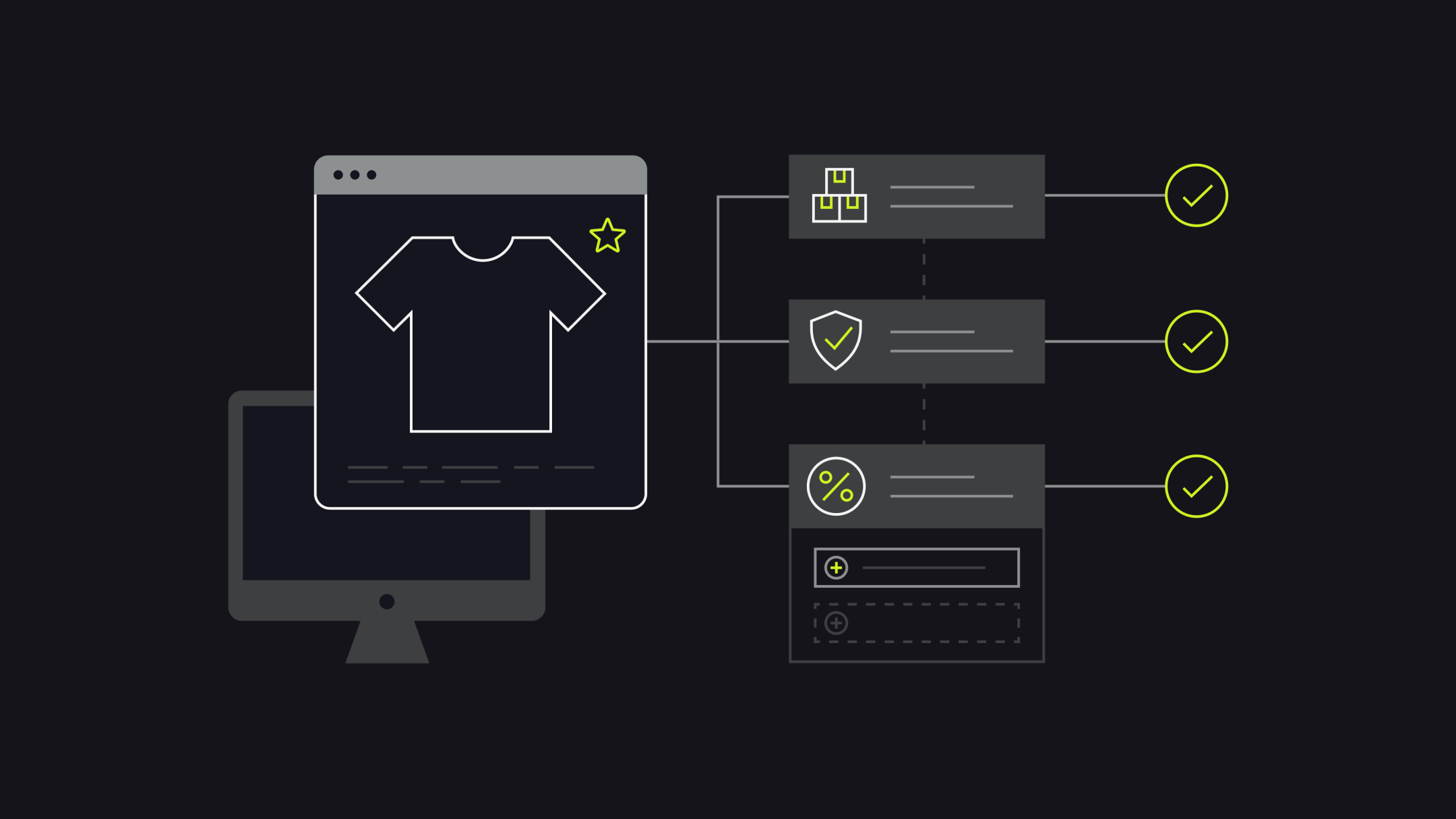
On the other hand, responsive websites follow conventional web development practices, with a focus on responsiveness and adaptability to different screen sizes. They require testing across browsers and devices to ensure consistent rendering. Responsive websites generally have a single codebase, simplifying maintenance and updates. However, periodic testing and adjustments are still necessary to maintain compatibility.
Offline Functionality and Push Notifications
PWAs excel in offline functionality by utilizing service workers, which allows them to cache app assets and data. This enables users to access and interact with the app even without an internet connection. When the device reconnects, PWAs can sync data and update content. Moreover, PWAs have built-in support for push notifications, enabling real-time updates and communication with users, even when they are not actively using the app. These features enhance user engagement and provide seamless experiences.
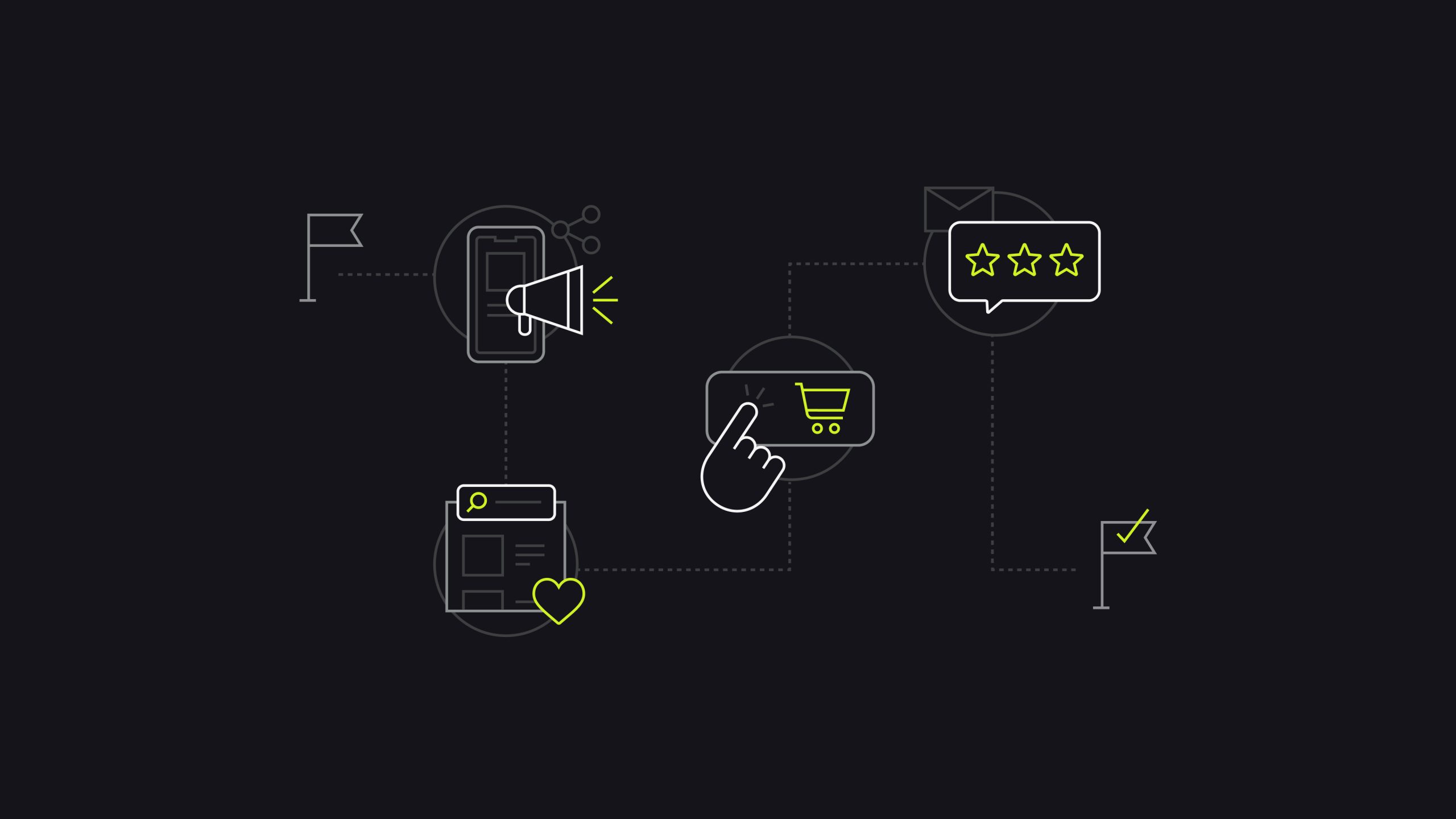
Responsive websites, on the other hand, can offer limited offline functionality by leveraging web storage technologies such as local storage or IndexedDB. This allows certain portions of the website to be accessible offline, but the capabilities are typically more limited compared to PWAs. In terms of push notifications, implementing this feature in responsive websites requires integration with third-party services or browser-specific APIs. It involves additional development effort and is not as native and streamlined as the push notification support provided by PWAs.
App Store Distribution and Discoverability
PWAs offer the advantage of being installable directly from the web, eliminating the need for app store distribution. Users can add PWAs to their home screens without going through app stores like Google Play Store or Apple App Store. This makes PWAs easily discoverable and accessible, as users can find them through web searches, social media, or direct links. However, PWAs can also be listed in app stores if desired, providing an additional channel for discoverability and reaching users who primarily search within these platforms.

Responsive websites, on the other hand, are accessed directly through web browsers and do not rely on app store distribution. They can be discovered through various means such as search engine results, social media sharing, or direct URL entry. Responsive websites offer the advantage of not requiring app store approval processes or adhering to app store guidelines. Updates and modifications to a responsive website can be deployed without going through the app store review process, providing flexibility and faster iteration.
Determining the Right Approach for Your Project
Identifying Project Goals and Requirements
When determining the right approach for your project, it is crucial to start by identifying your project goals and requirements. This involves understanding the specific needs and objectives you aim to achieve with your website or web application. Consider the following aspects:
- Functionality: Clearly define the desired functionalities and features of your project. Determine if your project requires offline capabilities, push notifications, or specific device integrations. Assess whether the app-like experience of PWAs or the adaptability of responsive websites better aligns with your functional requirements.
- User Experience: Consider the type of user experience you want to deliver. Evaluate whether an immersive, app-like experience with offline access and push notifications is essential for your target audience, or if a responsive design that adapts to different screen sizes and provides a consistent experience will suffice.

- Distribution and Discoverability: Determine your distribution and discoverability goals. If you want to leverage app stores to reach a broader audience and enhance discoverability, a PWA might be a suitable choice. Alternatively, if you prioritize flexibility in distribution and prefer to rely on web-based accessibility, a responsive website may be more appropriate.
- Development and Maintenance: Assess your development and maintenance resources. Consider the complexity and expertise required for PWA development, including service workers and caching mechanisms. Evaluate the level of ongoing maintenance needed for each approach, including considerations such as app store guidelines or responsive design updates.
- Budget and Timeline: Evaluate your budget and timeline constraints. Consider the cost and time implications of developing and maintaining a PWA versus a responsive website. Factor in development efforts, testing, and potential iterations required for each approach.
Assessing Target Audience and User Expectations
In addition to identifying project goals and requirements, it is crucial to assess your target audience and their expectations when determining the right approach for your project. Understanding your audience can help you choose between Progressive Web App vs responsive website by considering the following factors:
- User Preferences: Research and analyze your target audience’s preferences and behaviors. Consider the devices they predominantly use, such as smartphones, tablets, or desktops. Determine if they prefer app-like experiences, offline access, or push notifications, which are strengths of PWAs. Alternatively, if your audience is more accustomed to browsing the web and values a consistent experience across devices, a responsive website may better meet their expectations.

- Connectivity: Evaluate the typical internet connectivity of your target audience. If your audience is frequently in areas with limited internet access or unreliable connections, such as remote locations or regions with poor network coverage, the offline capabilities of PWAs can provide a significant advantage in ensuring continuous access to your content or services.
- App Store Adoption: Consider the app store adoption rate among your target audience. If they are more likely to search for and install applications through app stores, a PWA listed in app stores can improve discoverability and familiarity, potentially increasing user adoption. However, if your audience is more inclined to discover websites through search engines or direct links, a responsive website can be an effective way to reach them.
- Expectations of Native-Like Experience: Assess whether your target audience expects a native-like experience with features like app installation, push notifications, and full-screen mode. If providing a seamless and immersive user experience is critical for user engagement and retention, PWAs offer advantages over responsive websites in delivering those app-like interactions.
Considering Budget and Resources
When determining the right approach for your project, it is crucial to consider your budget and available resources. Both Progressive Web App vs responsive website have different implications in terms of development and maintenance costs. Here are some factors to consider:
- Development Costs: Evaluate the financial resources required to develop your project. PWAs often involve additional development complexity due to features like service workers and offline capabilities. Consider the expertise and time required to implement these features, as well as potential costs associated with hiring specialized developers or investing in training. Responsive websites, while still requiring development efforts, maybe more budget-friendly as they follow conventional web development practices.
- Maintenance Costs: Assess the ongoing maintenance costs for your project. PWAs may require continuous updates and synchronization mechanisms to ensure offline functionality and data consistency. Consider the resources needed for maintaining service workers, managing caching strategies, and addressing compatibility issues across various platforms and devices. Responsive websites typically require ongoing updates and compatibility testing but may have fewer specific maintenance requirements compared to PWAs.

- Scalability: Evaluate the scalability needs of your project. PWAs can offer scalability advantages as they allow for seamless updates and enhancements without relying on app store approvals. This can be particularly beneficial if your project requires frequent updates or iterative development processes. Responsive websites also offer scalability, but updates and modifications may require more coordination and compatibility testing across devices and browsers.
- Existing Resources and Expertise: Consider the skills and expertise available within your team or organization. If you have developers experienced in PWA development or the necessary resources to acquire the required knowledge, PWAs may be a viable option. On the other hand, if your team has strong expertise in responsive web design and development, focusing on a responsive website may leverage existing resources more effectively.
- Timeline Constraints: Evaluate the project timeline and time-to-market considerations. PWAs may require additional development time due to their unique features and considerations. Consider whether the extended development timeline aligns with your project’s deadlines and objectives. Responsive websites, being more aligned with conventional web development practices, may offer faster deployment times.
Consulting with Web Development Professionals
When determining the right approach for your project, it can be highly beneficial to consult with web development professionals. Engaging experts in the field can provide valuable insights and guidance tailored to your specific project needs. Here’s how consulting with web development professionals can help:
- Expertise and Experience: Web development professionals have expertise and experience in building a wide range of projects, including PWA vs responsive website. They can assess your project requirements, goals, and constraints, and provide informed recommendations based on their knowledge of industry best practices and emerging trends.
- Technical Feasibility: Web development professionals can evaluate the technical feasibility of implementing PWA vs responsive website based on your project requirements. They can assess factors like the complexity of the desired features, compatibility with your target platforms and devices, and the available development resources. Their expertise can help you understand the technical challenges and trade-offs associated with each approach.
- Cost and Resource Analysis: Web development professionals can assist in analyzing the costs and resources associated with developing and maintaining PWA vs responsive website. They can help you assess the financial implications, including development efforts, ongoing maintenance, and potential scalability needs. This analysis can provide a clearer understanding of the budget required for each approach.
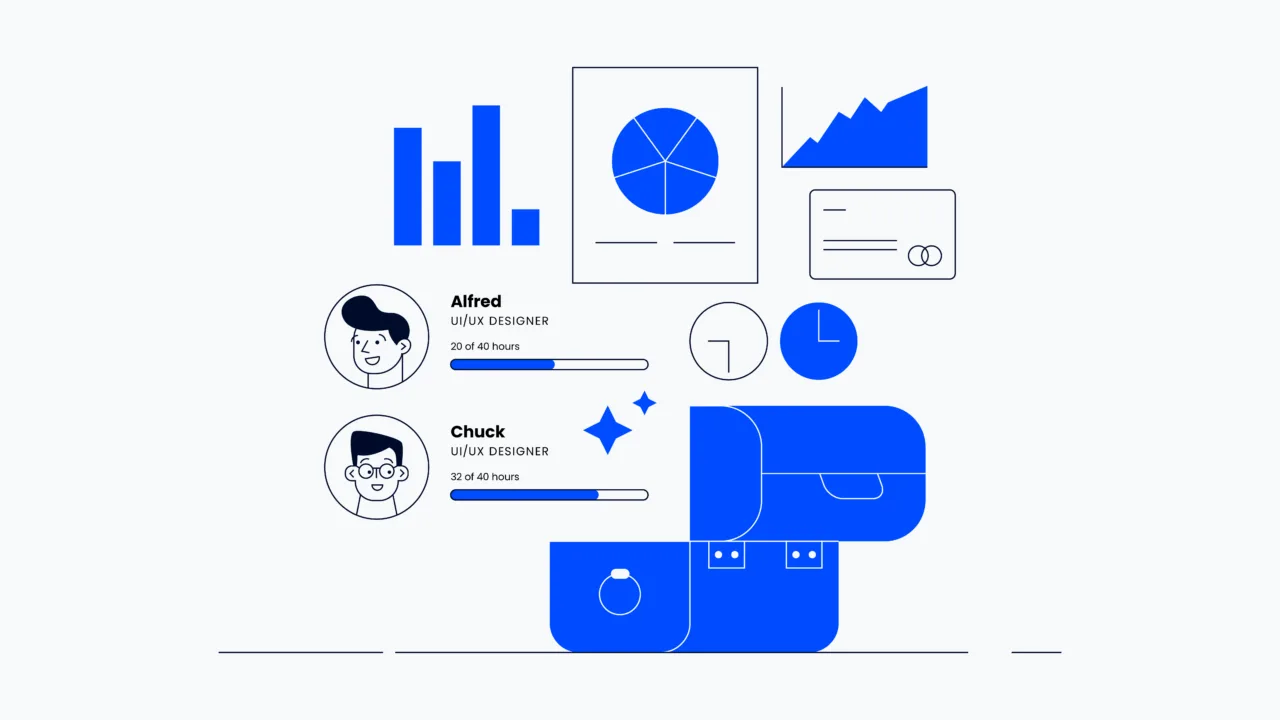
- Customization and Scalability: Professionals can help determine which approach aligns better with your project’s customization and scalability needs. They can discuss the potential for future enhancements, integrations, and the ability to adapt to evolving requirements. Based on their expertise, they can suggest which approach offers the most suitable foundation for long-term growth and flexibility.
- Industry Insights: Web development professionals stay updated with the latest industry trends and practices. They can provide insights into the current landscape of PWA vs responsive website, including their adoption rates, success stories, and potential challenges. Their knowledge can help you make informed decisions that align with current industry standards and user expectations.
Consulting with web development professionals allows you to tap into their expertise, gain a better understanding of the advantages and limitations of PWA vs responsive website, and receive tailored recommendations based on your project’s unique requirements. This collaborative approach can greatly enhance the decision-making process and set you on the path to a successful web development project.
Conclusion
As you embark on your web development journey, the choice between Progressive Web App vs Responsive website can significantly impact the success of your project. By understanding the differences in performance, user experience, development considerations, offline functionality, app store distribution, and discoverability, you can make an informed decision. Consider your project goals, target audience expectations, budget, and available resources. If needed, don’t hesitate to consult with web development professionals at Magenest. Our experts can provide valuable insights tailored to your project’s unique needs.











